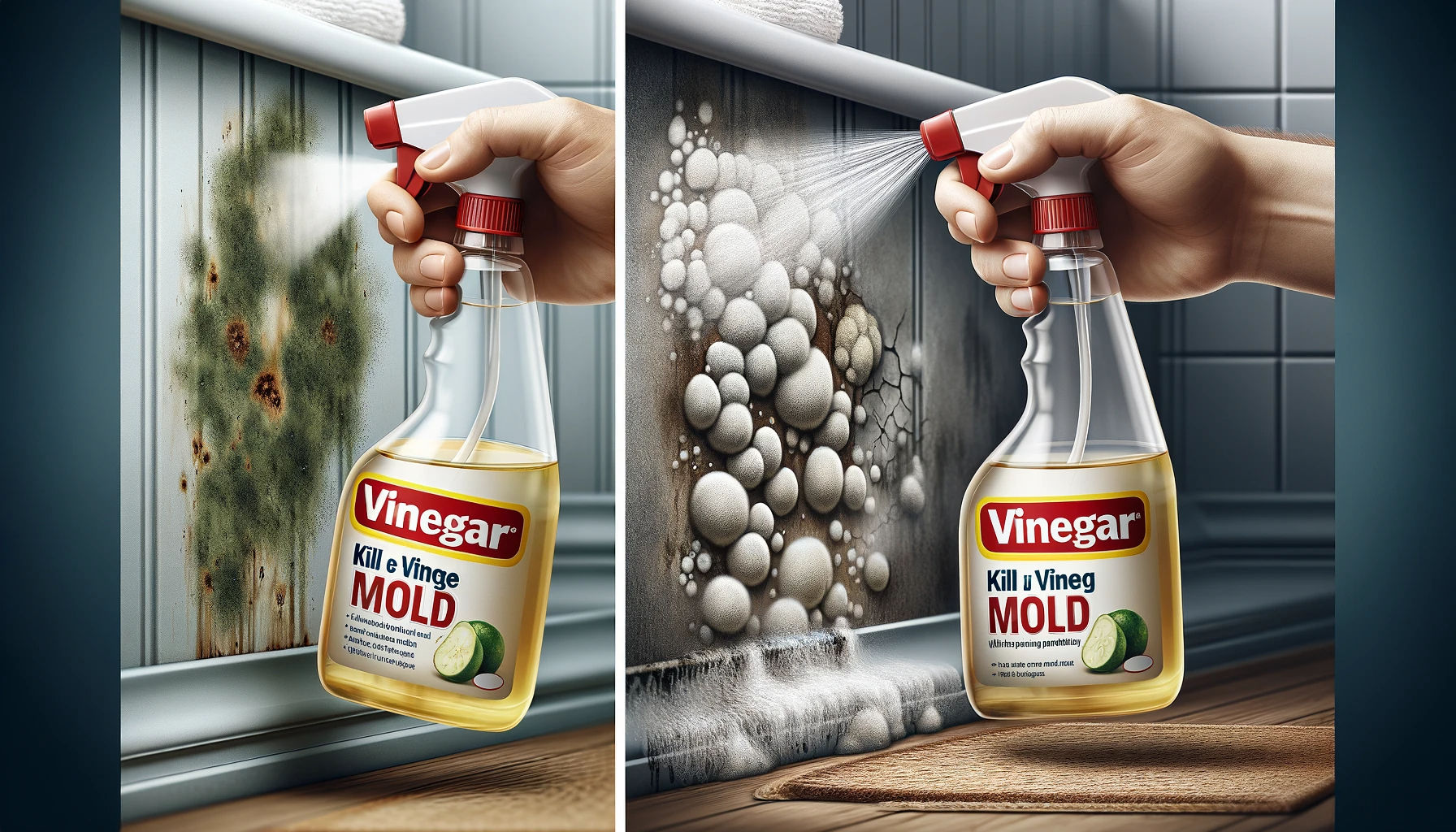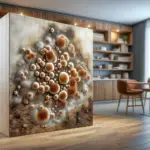Does Vinegar Kill Mold
Mold is a fungus that can spread quickly, leaving unsightly stains and unpleasant odors behind. Fortunately, vinegar’s an easy and inexpensive way to get rid of it. This natural disinfectant has been proven effective at killing different types of mold, but it’s essential to understand how it works and how best to use it. In this article, we’ll take a look at what mold is, how vinegar kills mold, as well as the best ways to apply it for maximum effect.
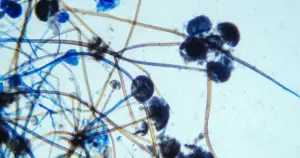
What Are Mold and Mold Spores?
Mold is a type of fungus that grows through the process of reproduction, spreading its spores through the air. These microscopic particles are responsible for mold growth on surfaces like walls, floors, and furniture.
Mold spores come in many varieties and can be found anywhere inside or outside your home. When these spores land on wet surfaces, they become active and produce colonies of mold growth. The most common types of mold are Cladosporium, Penicillium, Alternaria, and Aspergillus. These molds are known to cause illnesses in humans if inhaled or ingested in large amounts.
Why is mold a problem?
Mold is a problem because it can cause serious health issues, such as respiratory illnesses, allergies, and even skin infections. In addition to these health risks, mold can also cause damage to the structure of your home by causing wood rot and decay.
Furthermore, mold produces an unpleasant odor that can be hard to get rid of. Finally, some forms of mold produce toxins that are hazardous to humans as well as pets. For these reasons, it’s important to identify and eliminate any signs of mold in your home as soon as possible.
Does vinegar kill mold?
Vinegar is an incredibly effective natural cleaner that can be used to kill and prevent mold. It contains acetic acid, a compound with the power to disrupt and dissolve the cell membrane of the spores which ultimately kills them off. By using vinegar instead of harsh chemical cleaners, you won’t have to worry about unpleasant odors or damage to your home’s fixtures.
Studies have shown that white vinegar does kill mold. Up to 82% of mold species as its mildly acidic (pH 2.5) nature gives it antifungal and antibacterial properties. Not only is this method cost-effective but it’s also safe for use around children and pets since it doesn’t produce unpleasant odors or damage to surfaces.
Vinegar can easily penetrate any porous surface and has the potential to remove not just the mold on its surface but even the underlying membrane. However, if you find that vinegar isn’t effective at killing every type of mold in your home, you can try other cleaners or call a professional – especially if the area covered by mold is larger than 10 square feet.
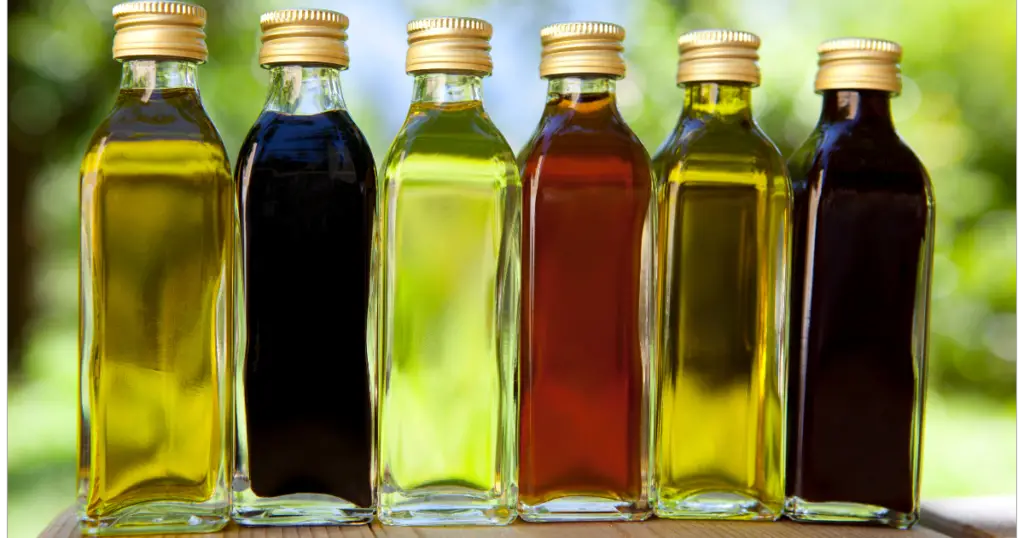
Different types of vinegar:
Vinegar is an incredibly versatile ingredient that can be used for cleaning, cooking, and so much more! Many different types of vinegar are available on the market today, each with unique characteristics. Here’s a brief overview of some of the most common varieties.
- Distilled White Vinegar: This is one of the most popular varieties out there, as it’s perfect for household cleaning tasks and perfect to kill mold or mildew. It has a mild acidic taste, which makes it great for marinades and vinaigrettes. It also contains acetic acid, making it an effective sanitizer.
- Apple Cider Vinegar: This type of vinegar is made from fermented apple juice, giving it a slightly sweet flavor and deep amber color. It has been touted as a cure-all for various ailments from weight loss to acne relief, but its main uses are in pickling and salad dressings. The presence of enzymes in this variety can make it beneficial for ridding the body of toxins.
- Red Wine Vinegar: Made from red wine grapes, this variety has a tart yet mellow flavor that pairs perfectly with roasted meats or even fruit salads. Its rich hue adds nice color to dishes as well! And like other forms of vinegar, it can be used to pickle vegetables and create homemade salad dressings.
- Balsamic Vinegar: Also known as Aceto Balsamico Tradizionale di Modena, this Italian subtype has been barrel-aged in wooden casks for over 12 years or longer – resulting in its dark coloration and full-bodied sweetness (with little acid). It’s commonly used to enhance meat dishes and condiments or as a simple glaze over fruit desserts.
- Rice Vinegar: Perfectly suited for Asian cuisines such as slaws or sushi rolls due to its subtle sweetness and mild yet distinct taste. It can also make a great complement to vegetable dishes since it will add some tangy flavor without overpowering the dish itself.
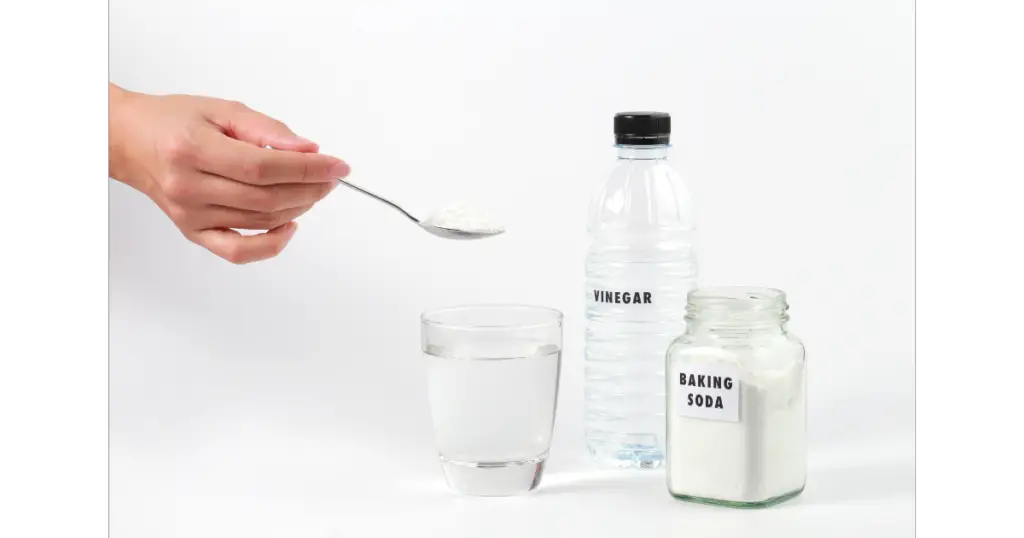
What Kind of Vinegar Should You Use to Kill Mold?
Vinegar is an acidic liquid commonly used in cooking and cleaning, made up of acetic acid and water. It has antibacterial properties, making it a great cleaner for surfaces and fabrics and a powerful mold killer. Most types of vinegar can effectively kill mold, but white vinegar is incredibly potent.
The key to using vinegar for mold removal lies in selecting the right kind. While many varieties are on the market today, you should opt for white distilled vinegar since it has the highest levels of acetic acid – essential for killing off mold spores. This type of vinegar is also mildly acidic with a pH level of around 2.5, which makes it even more effective at eliminating various species of fungus and other microorganisms.
Vinegar is also useful for preventing future mold growth on other surfaces, such as tiles and walls. Mix equal parts of white distilled vinegar and water in a spray bottle, then apply to affected areas every other week or so to stop mold from forming again.
How long does it take for vinegar to kill mold?
It typically takes around an hour for the vinegar to effectively kill mold. However, the duration may vary depending on the strength of the mold and the surface it is growing on. To ensure that all mold is eliminated, allowing the vinegar to sit for at least one hour before wiping or rinsing away is important.
How effectively can I remove mold?
Mold can be removed from various surfaces, but the best elimination method varies depending on the material. Below is an easy-to-follow guide to help you remove mold safely and effectively in some of its most common hiding places.
- Before beginning, you must ensure your safety by wearing protective gear such as rubber gloves, boots, masks, and goggles. Doing so will protect you from any potential harm while handling mold.
- When removing the mold, pour plain, white distilled vinegar into a spray bottle. Do not dilute the vinegar, as this will weaken its effectiveness against the resilient mold.
- Spray it directly on the affected area and allow the vinegar to sit for at least an hour before wiping it away with a clean, damp cloth or sponge.
- After applying the vinegar solution, you may need to scrub for more thorough cleaning. To do this, mix 1 teaspoon of baking soda with 2 cups of water in a spray bottle and shake it until the mixture is completely blended.
- Wipe down or rinse the affected area and use a damp cloth to remove all solution. Make sure to discard the cloth after use in a sealed plastic bag.
- Once all obvious traces of mold have been removed, spray undiluted vinegar over the affected area to guard against further growth. Leaving it there as a preventive measure will ensure your surface remains mold-free.
Eradicating mold doesn’t have to be an intimidating task – here are some surfaces where you can easily and effectively remove it:
- Plastic
- Glass
- Ceramic Tiles
- Some Countertops
- Flooring
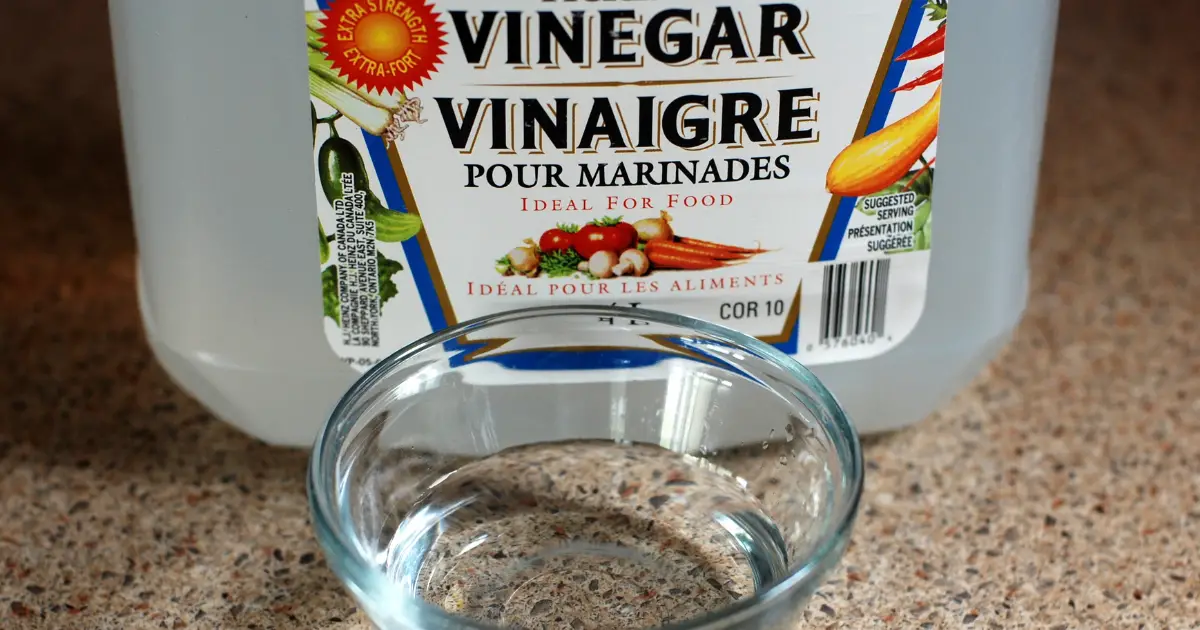
Where Not to Use Vinegar?
Here are five places where you should not use vinegar:
- Marble and limestone countertops – The acidity in vinegar can dull and stain marble and limestone countertops.
- Hardwood floors – Vinegar is too acidic for hardwood floors, which can damage its finish and discolor it over time.
- Waxed furniture – Vinegar will strip the wax from wood furniture and leave a dull finish behind.
- Cast iron pans – The acidity of the vinegar will corrode cast iron pans, resulting in rust spots that are difficult to remove.
- Metal: The acidity in vinegar can corrode metal surfaces such as copper, brass, and stainless steel.
- Some Porous Surfaces: Vinegar is not a practical solution for cleaning mold for absorbent and porous surfaces. If you spot mold on surfaces like ceiling tiles or carpet, replacing them as quickly as possible is best.
- Concrete: Even though vinegar won’t harm concrete, it is not an effective way to remove mold.
How to Prevent Mold Growth?
Writing a detailed guide about preventing mold growth can help you protect your home and family from the health risks associated with mold. Here are some topics to consider including in your guide:
- Identifying sources of moisture: It’s important to identify the possible sources of excessive moisture that can cause mold growth, such as leaky pipes, water seepage, and poor ventilation.
- Controlling humidity levels: Most molds thrive in humid environments, so it’s important to keep humidity levels in check by using dehumidifiers or exhaust fans in high-moisture areas.
- Cleaning surfaces regularly: Regularly cleaning surfaces like countertops and walls, especially porous surfaces. will help prevent dust and other particles from accumulating and create an environment for the growth of mold.
- Disinfecting commonly touched surfaces: Frequently disinfecting objects like doorknobs, light switches, faucets and other surfaces that people touch regularly will help prevent the spread of mold spores.
- Repairing water damage quickly: If you notice signs of water damage or leakage, it’s important to have them repaired right away before mold has a chance to grow and spread.
Is bleach or vinegar better to kill mold?
Vinegar is a natural and powerful tool to use when combating mold growing in your home. Vinegar’s acidic content helps break down the cell walls of the fungus and prevents future growth, while bleach only kills surface mold, not the membrane that lives underneath the black, fuzzy growth.
Although bleach may be effective in certain special circumstances supervised by a professional (as it can create toxic chlorine gas), white vinegar is a safe alternative that can effectively kill up to 82 percent of mold species.
When dealing with a mold problem in your home, it’s important to use caution and seek assistance from professionals who have the necessary tools and expertise to prevent the spread and ensure the complete removal of all surfaces affected.
Other natural cleaners to kill a moldy surface
Tea tree
Tea tree oil is another powerful natural cleaning solution to kill mold on surfaces. Tea tree oil has antifungal properties that can attack and eliminate mold colonies growing in your home. Just combine 10 drops of tea tree oil with two cups of water in a spray bottle, shake well, and spray directly onto the surface where the mold is taking place. Let it sit for half an hour before rinsing it thoroughly with clean water.
Baking soda
Although baking soda doesn’t kill mold it can help to prevent its growth. Baking soda is a great, easy-to-use option that provides natural antibacterial properties, helping to break down mold. All you need to do is make a paste using 1/4 cup of baking soda mixed with 2 cups of water and apply it to the affected area. Once you’ve let it sit for 15 minutes, rinse it off with clean water and let it dry completely.
Hydrogen Peroxide
Hydrogen peroxide is also an excellent mold-killing cleaner as its active agent, oxygen destroys the cell structure of fungi. Simply mix 3% hydrogen peroxide with equal parts water and spray onto the affected area or pour some directly onto a cloth and scrub away at the moldy spot.
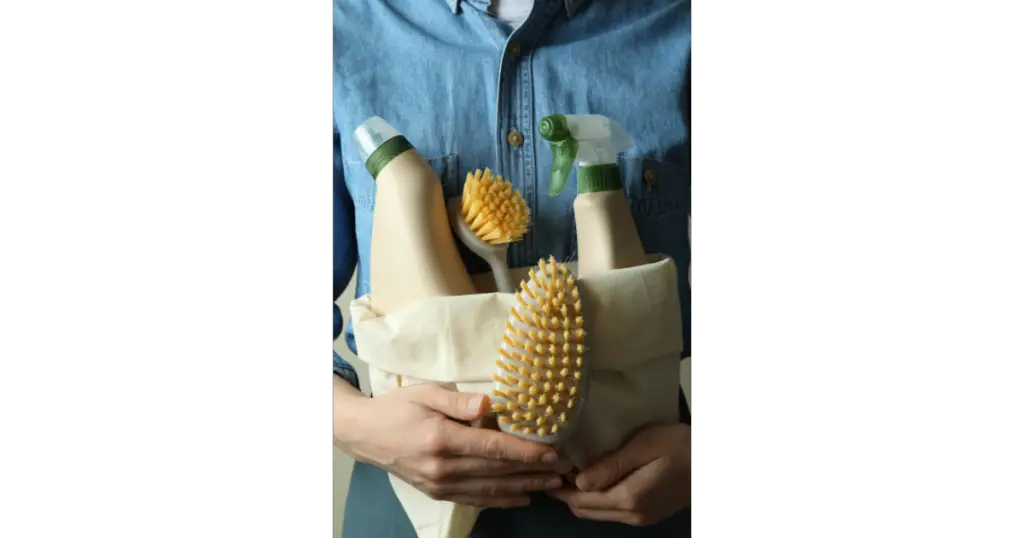
Final Considerations
In conclusion, household mold can be a troublesome yet common problem for many homeowners. To answer the question does vinegar kill mold the answer is yes. Vinegar is an effective tool for killing mold, as it is a natural acid with antifungal and antibacterial properties that can attack and eliminate the mold colonies growing in your home. When vinegar kills mold, it can penetrate porous surfaces and non-porous surfaces. Therefore, vinegar can be an effective and safe alternative to commercial cleaning solutions when removing mold from various surfaces in the home.
[/et_pb_text][/et_pb_column][/et_pb_row][/et_pb_section]
